Xiaomi Redmi Note 7 review: one of the best budget phones money can buy
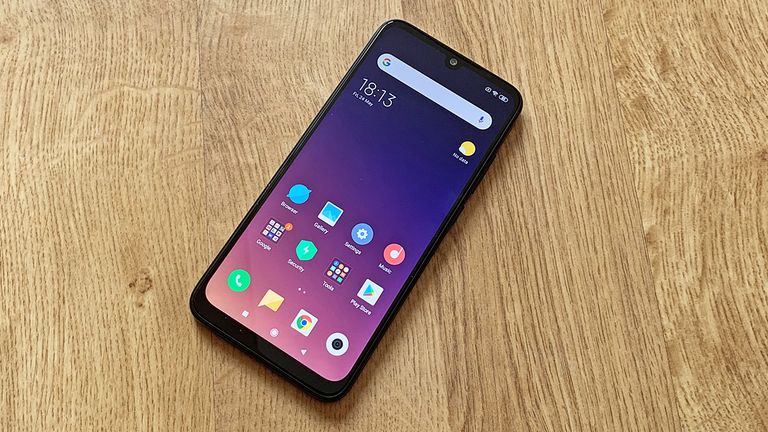
XIAOMI REDMI NOTE 7: PRICE AND AVAILABILITY
The Xiaomi Redmi Note 7 is out and available now – you can pick it up direct from Xiaomi online, with prices starting at £179 for the 3GB of RAM and 32GB of storage option, and going up to £249 for the 4GB / 128GB combination. In the middle you can get the 4GB / 64GB model for £199, which might be the sweet spot.
Apart from the official store, your best option for sourcing a Redmi Note 7 might well be Amazon: at the time of writing the 4GB / 64GB model can be yours for a very reasonable £181.90, though prices tend to fluctuate on Amazon.
That's really it as far as buying choices go – picking up the phone SIM-free from those retailers or somewhere like eBay. At the moment none of the networks in the UK are carrying it on a pay monthly contract, though that could change.
XIAOMI REDMI NOTE 7: DESIGN AND DISPLAY
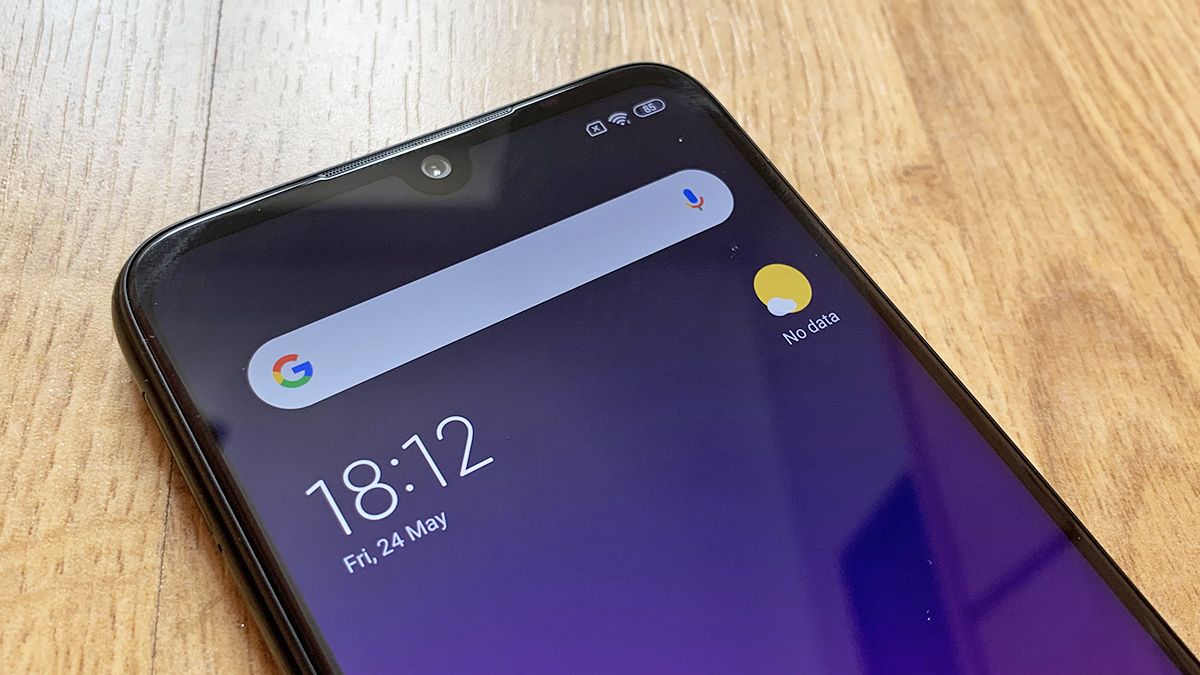
The design of the Xiaomi Redmi Note 7 is fine, as designs go. It feels a little bit chunky and heavy in the hand, and the bottom bezel is slightly thicker than you might prefer, but it's by no means an ugly phone – there are display curves in all the right places and the teardrop notch isn't too intrusive.
Remember this is a phone you can pick up from as little as £179 – the starting price of the iPhone XS Max is more than six times higher. Does the iPhone offer a more premium finish and feel? Yes. Is it six times as better-looking as the Redmi Note 7? Absolutely not.
The 6.3-inch screen gives you plenty of room to work with and is bright and sharp enough to a more than satisfactory degree. Like a lot of budget phones, the resolution is pegged at 1080 pixels across, but we found the screen fine in day-to-day use – you're not really going to notice this too much.
From pretty much every angle, the Redmi Note 7 looks stylish. Black and blue are your colour options (at least in the UK they are), but the blue actually offers a subtle blue-purple gradient that looks really nice – if you want to turn a few heads when you're pulling the phone out of your pocket, that's the shade to go for.
The dual-lens rear camera bulges out a little bit, but not so much that it's annoying, and the back of the phone features a classy and minimal design broken up only by a fingerprint sensor and a small Redmi logo besides the camera.
A 3.5mm headphone jack is included up at the top, so you can carry on using your existing wired headphones, and down at the bottom of the phone you've got the USB-C port and two speaker grilles (but actually just one speaker). Volume and power buttons are at the side – they feel a little budget and basic, but still fine.
We do like the tiny LED notification light on the chin at the bottom of the phone, though it seems a bit odd to have it off to the side like it is – it helps you see at a glance whether you've got any notifications to check up on, and it's something we wish that more phones would offer.
Overall, while the Redmi Note 7 isn't going to win any design awards anytime soon, it's still a fine-looking handset, especially for the price. As with many budget and mid-range phones nowadays, it looks more expensive than it actually is, so it has to be a thumbs up for the look and feel of the Redmi Note 7.
XIAOMI REDMI NOTE 7: SPECS AND POWER

Under the hood the Snapdragon 660 processor is a perfectly respectable choice at this price point – in fact, it's more than respectable, and should give you more than enough power for all but the most demanding tasks on mobile. We certainly didn't notice any lag or slowdown in our time with the Xiaomi Redmi Note 7.
Our review unit came with 4GB of RAM and 64GB of storage, and this is the sweet spot as far as configuration goes – 3GB / 32GB is cutting it a bit fine in terms of system resources, and while 128GB of storage is great, it costs quite a lot more too. Considering the phone has a memory card slot, 4GB and 64GB should be fine.
Plenty of Chinese brands are using the Snapdragon 660 in their budget and mid-range phones at the moment, but outside of China the 660-toting handset you're probably most familiar with is the Nokia 7 Plus. That's where we're talking in terms of power.
Occasionally there's a millisecond or two of a pause where you might expect a smoother experience if you've downgraded from a flagship phone, but it really isn't anything to panic about. As with every other aspect of the Redmi Note 7, you have to balance performance with price – and considering how much (or how little) you're paying, the Snapdragon 660, 4GB of RAM and 64GB of storage combination is very decent indeed. It's only slightly below the Pixel 3a, which costs twice as much.
XIAOMI REDMI NOTE 7: CAMERA
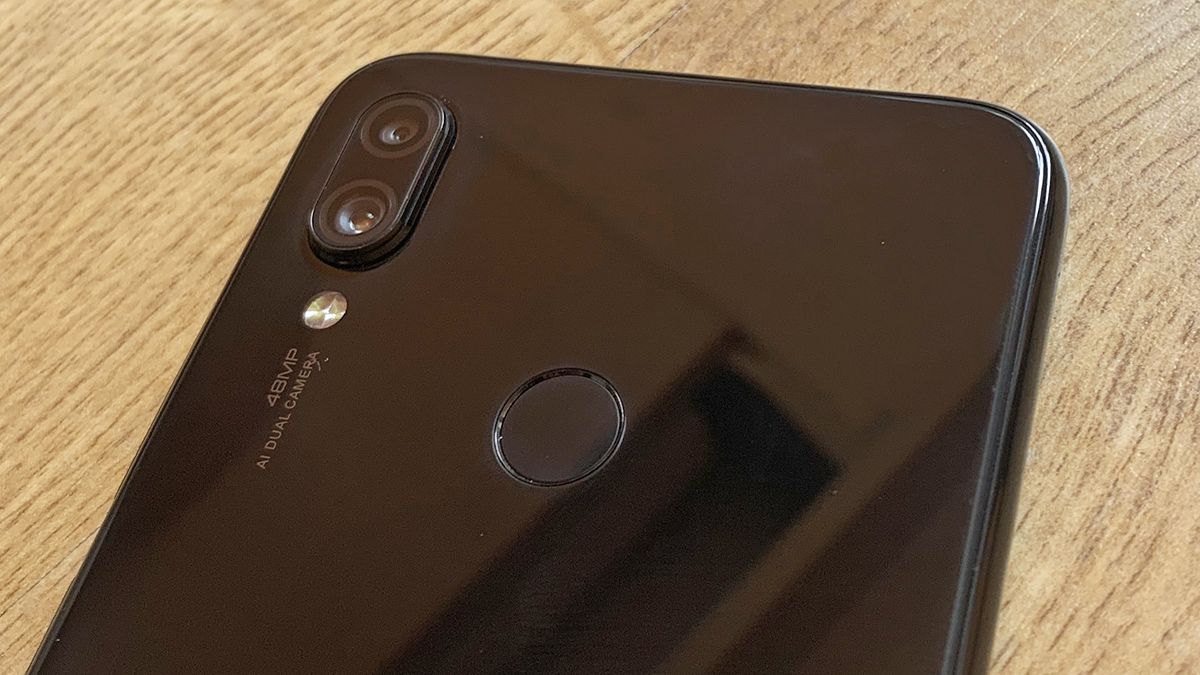
The Xiaomi Redmi Note 7 comes packing a dual-lens rear camera, and one of those camera lenses offers up a whopping 48MP of resolution – a very high watermark for a phone at this price. It's accompanied by a 5MP snapper, so on paper the phone should be capable of getting some very decent shots.
We're happy to report that's the case – most of the time at least. On the whole, pictures came out sharp and vibrant, though in one or two shots we did find there was a lack of clarity and sharpness in the details. That was only really visible when zooming in though, so something you'd never notice on a social media feed.
Unless you override it in the settings, the Redmi Note 7 actually takes photos at a 12MP resolution, using the extra pixels from the 48MP sensor to do some clever image processing. Considering 12MP photos are as big as you're every likely to need, we're happy with that.
XIAOMI REDMI NOTE 7: SOFTWARE AND FEATURES
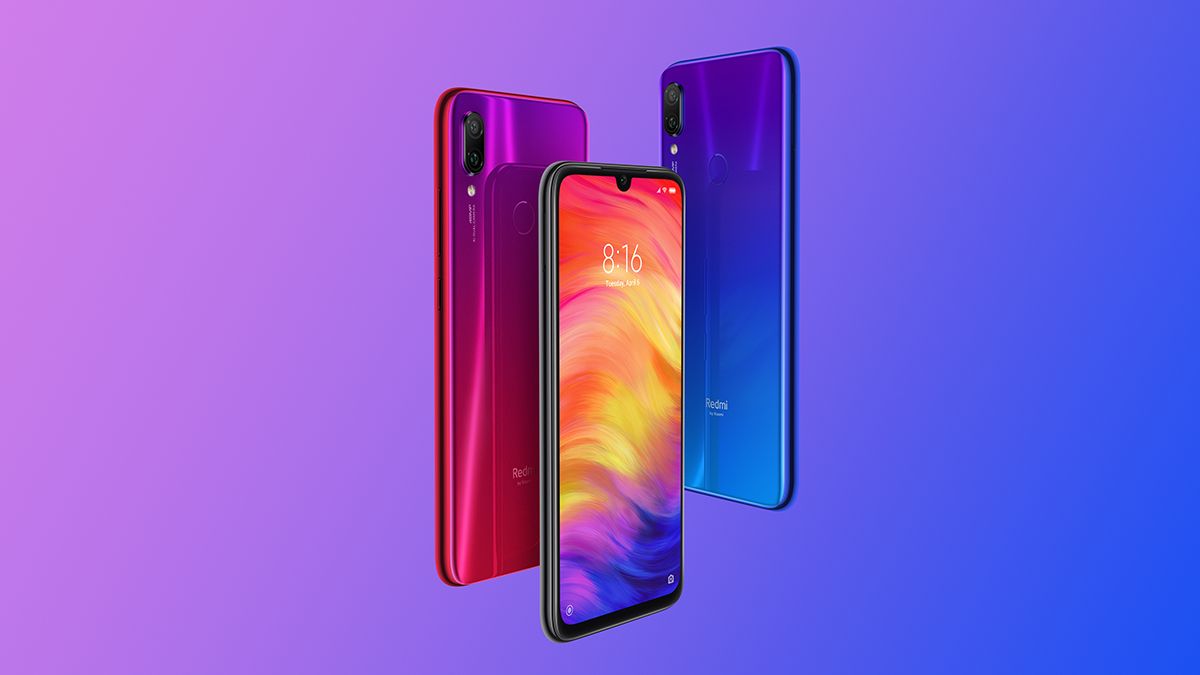
If there is an area where Xiaomi phones fall down, it's in the software it slaps on top of Android, and the Redmi Note 7 is no different in this respect. Xiaomi's MIUI isn't hideous, it's just a bit more bloated and a bit more busy than we would really like.
You get a ton of Xiaomi Mi apps that you can't uninstall, plenty of prompts to set up a Mi account that you don't really need, and no app drawer (something we like to have on Android, but your mileage may vary).
Every app Xiaomi adds on is like a cheap imitation of what Google does – like the "App Vault" that appears when you swipe right from the home screen. Of course you can use the Google apps instead and ignore the Xiaomi ones, and even revamp the entire interface with a third-party launcher, but in our eyes MIUI is still the weakest part of the overall Redmi Note 7 package.
You do at least get the latest Android 9 Pie running under MIUI, but whether you'll get Android Q anytime soon remains to be seen. Like most phone makers, Xiaomi tends to take months to get all its handsets updated, whether you're running one of its budget models or something at the high-end.
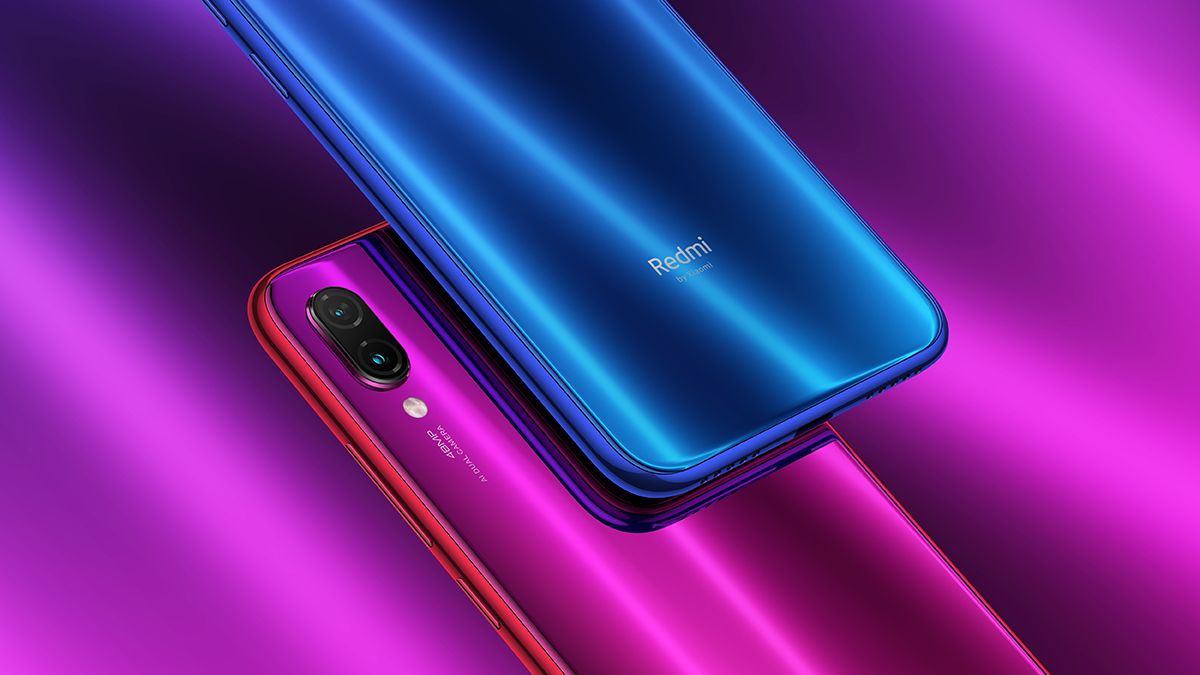
Aside from the software, the phone doesn't offer any sort of waterproofing, which is pretty much par for the course at this price level. Ditto wireless charging, which isn't available, though 18W fast charging is. You do also get dual-SIM capabilities, if you need to juggle work and personal numbers.
One of the advantages of lower-powered components and a lower-resolution screen is better battery life, and the Redmi Note 7 scores well in this department too. We often found ourselves with a third of the battery still left at the end of the day, and sometimes more, with light-to-medium usage.
If you really push the battery hard with games, GPS and video you're going to need a recharge by the end of the day, but on most days you're not going to have to worry about making it to bedtime. At the same time the phone isn't going to revolutionise your life with two days between charges either.
In the regular battery test we run, the Redmi Note 7 went down from 100 percent to 87 percent after an hour of Netflix at maximum brightness and medium volume, a fairly average result That works out at 7-8 or so hours of video watching between charges – a result that's about average for a phone in 2019.
Aucun commentaire:
Enregistrer un commentaire